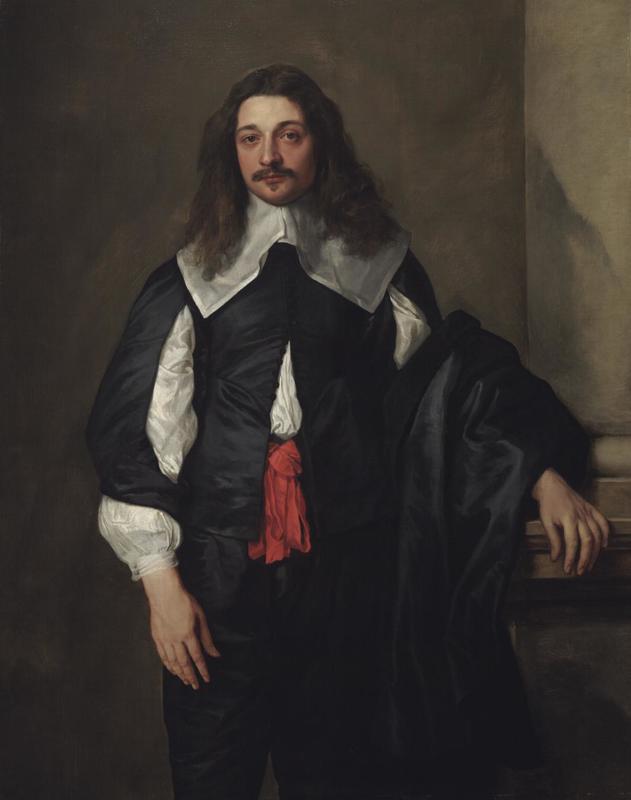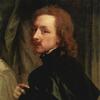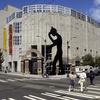More about Pomponne II De Bellièvre
- All
- Info
- Shop

Contributor
Pomponne de Bellievre was born to be a political mediator.
His grandfathers, the former Pomponne and Nicolas Brulart de Sillery, were both Chancellors of France. His father, also named Nicolas, was the head judge of one of the thirty-seven districts of the Ancient Regime. As chancellor, he was secretary-minister under Henry III and facilitated Henry IV’s rule over the courts of France before the latter monarch took most of the political power for himself. Pomponne served as ambassador to Italy, Holland, and England, and during the last years of his term, served as President of Parliament. Pomponne was also one of the chief financiers of the General Hospital of Paris, eventually dying under its roof and on its beds in 1657. One of the illustrious ambassador’s most daunting tasks was to mediate relations between the Long Parliament and the English king, Charles I.
Established in 1640, the Long Parliament was one of two courts tasked to help the king raise funds for his war against the Scots. It was easier said than done: the Long Parliament was extremely resistant to the king’s demands and effectively destabilized a significant portion of his power. The Parliament swept away the king’s advisors, made their frequent sessions mandatory, and made law that the assembly could not be dissolved without their own members’ consent. In response, Charles sought to arrest five of its members, directly leading to the English Civil Wars. Following Charles’s defeat in 1646, power passed on to the army.
But wait, there’s more! Under orders from the generals in response to the Parliament’s refusal to support the newly established military powers, Col. Thomas Pride forcibly removed most of the four hundred and sixty-six members of the Commons in December of 1648 in what is now known as “Pride’s Purge.” No one got murdered, if that’s what you’re thinking. The remainder who refused to comply, “The Rump,” eventually put Charles I to trial and had him executed a month later. Happy endings for everyone.
This painting was made under van Dyck’s decade-long employment with Charles, and is more minimal and austere than his previous works. It was also his last portrait: shortly after, he died at the age of forty-two.
Sources
- Pittou, Etienne. Famille de Brûlart & Sillery, Genlis, etc. Racine et Historie, 2004. Accessed November 22, 2019. http://racineshistoire.free.fr/LGN/PDF/Brulart-de-Sillery.pdf.
- “Pomponne II De Bellièvre.” Pomponne II de Bellièvre – Works – eMuseum. Accessed November 22, 2019. http://art.seattleartmuseum.org/objects/1992/pomponne-ii-de-bellievre?c… .
- Ritter, Raymond, and Victor-Lucien Tapié. “The Achievements of the Reign.” Encyclopædia Britannica. Encyclopædia Britannica, inc., May 10, 2019. https://www.britannica.com/biography/Henry-IV-king-of-France/The-achiev….
- The Editors of Encyclopaedia Britannica. “Long Parliament.” Encyclopædia Britannica. Encyclopædia Britannica, inc., June 23, 2019. https://www.britannica.com/topic/Long-Parliament.
- “THE BEST PORTRAITS IN ENGRAVING.” The Project Gutenberg eBook of The Best Portraits in Engraving, by Charles Sumner. Accessed November 22, 2019. http://www.gutenberg.org/files/22574/22574-h/22574-h.htm.












